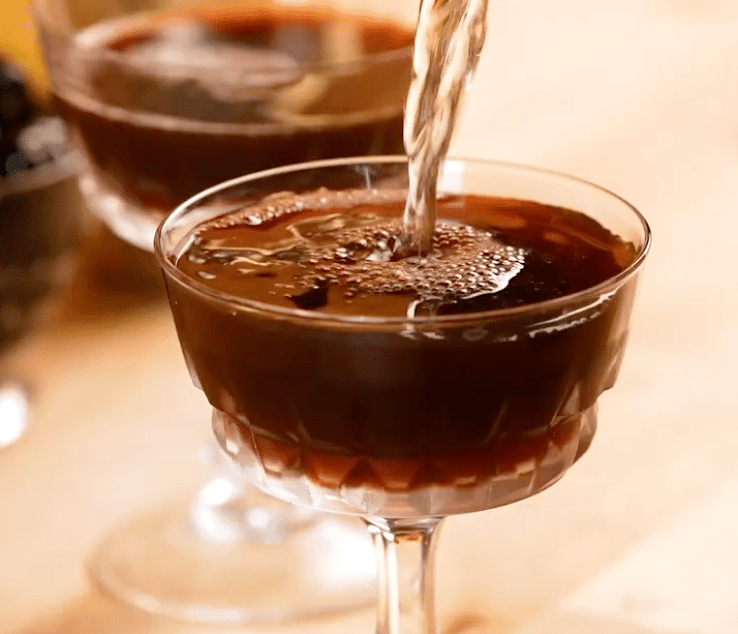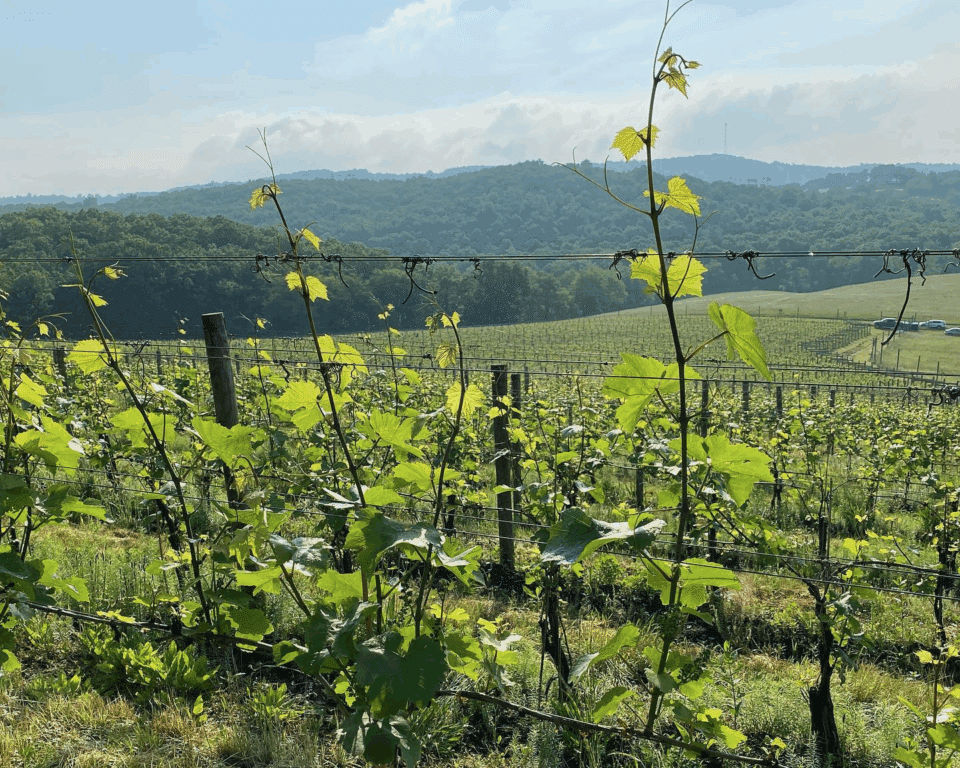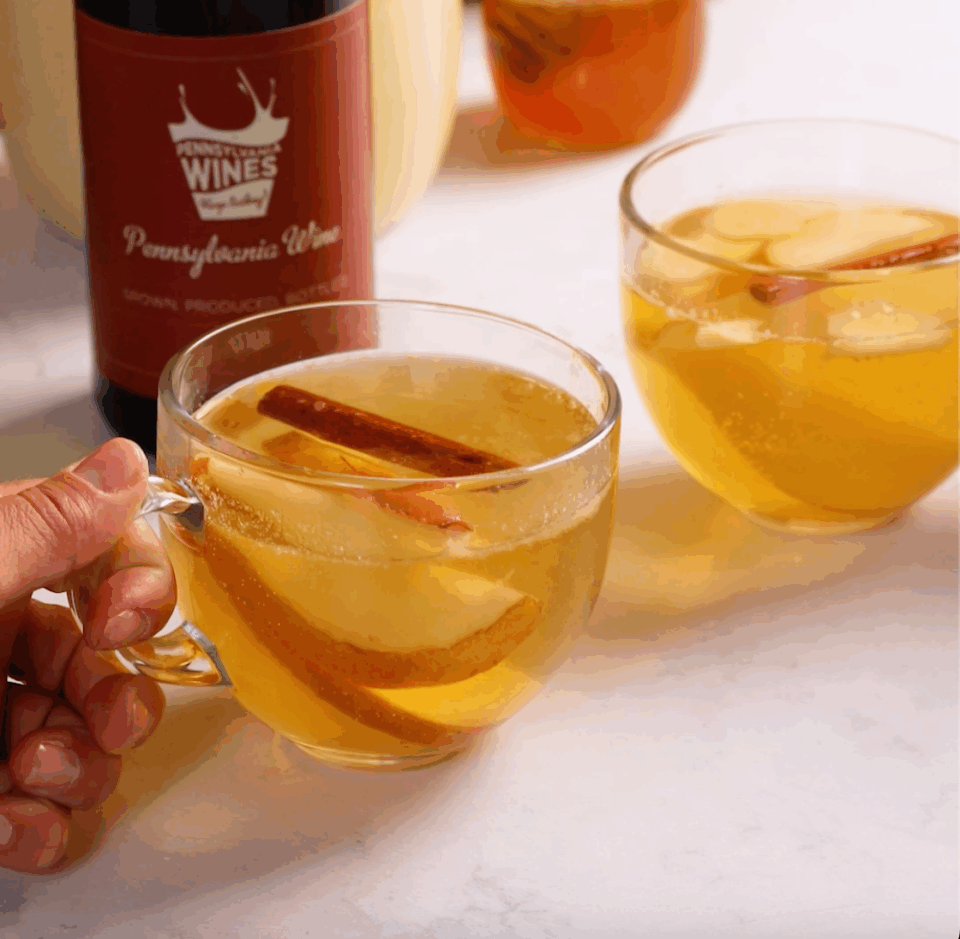Elders Cut Meadery in rural Robesonia is bringing medieval back. Its mead products, made by hand with local honey and raw fruits, roots and herbs are helping to set a new standard for modern mead drinkers. In Elders Cut’s skillful hands, this ancient fermented drink has become an artful alternative to the usual.
We spoke with owner Scott Grzybek about running a meadery, his process for making top-notch tasty products, and his vision for the Pennsylvania mead making scene.
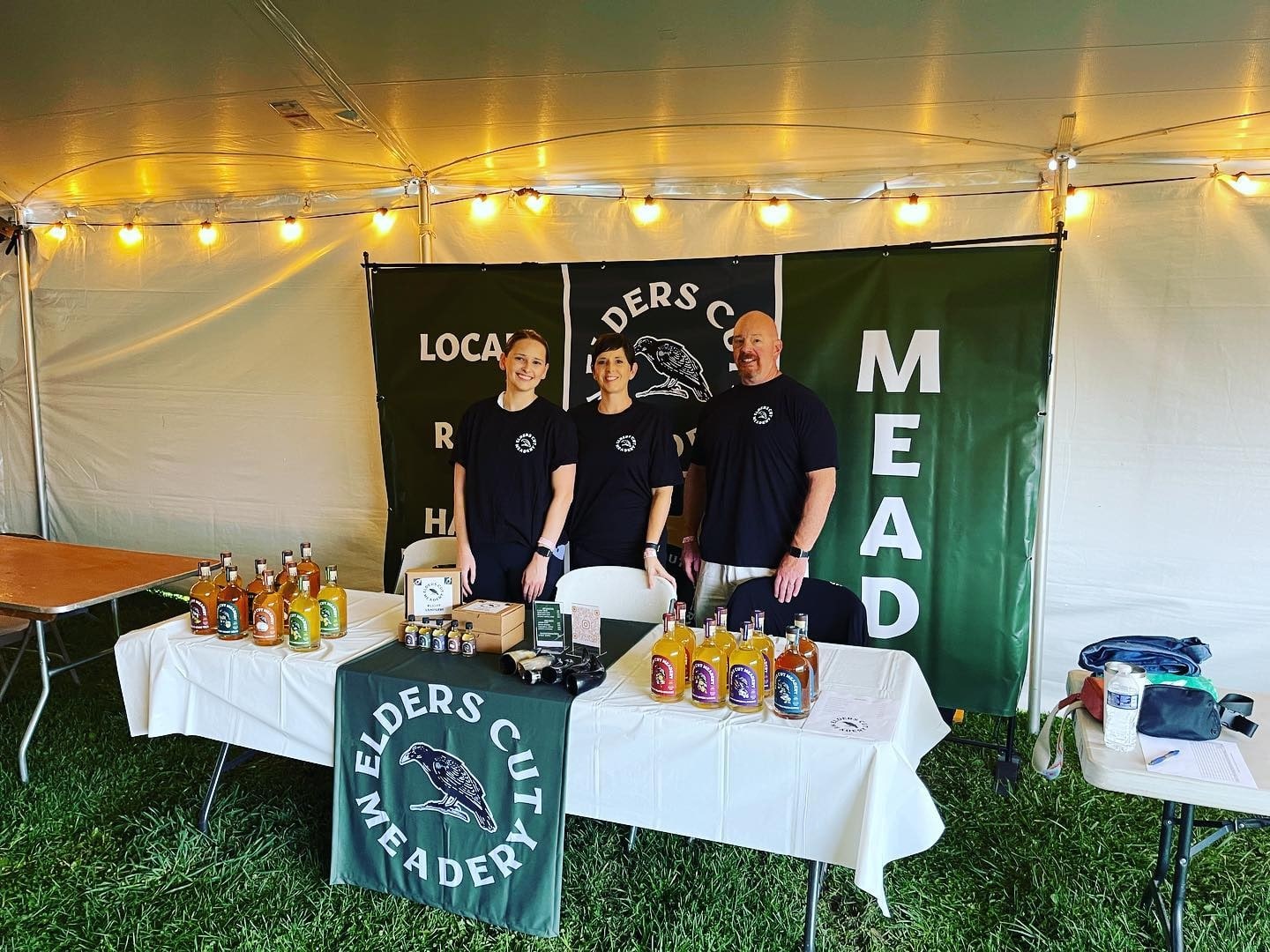
PA Eats: Can you provide some background on how you got into making mead?
Scott Grzybek: I had been fermenting professionally since 2008 with my sauerkraut company, Jacob’s Raw Kraut, so I was very comfortable with fermenting. My background in running food-type companies also made it a natural fit. Mead was something I knew about, but not something I’d had before. I started making it for fun and then started playing with flavors. I looked around to see if I could buy some, but there was almost nothing available. It’s the oldest alcohol in the world, the original alcohol as far as we know, but it wasn’t there.
I have always been successful in making great products in categories where there’s not a ton of competition. Instead of starting a brewery, a distillery or a winery, where there’s a billion different brands and companies, I thought, ‘How about mead? We’ll kind of reinvent this.’
We’re PA Preferred. We make everything in Pennsylvania, get all our honey from a Pennsylvania apiary and our cider for mead from a local orchard. PA makes magnificent cider and its honey has been significant since Pennsylvania was invented. Making a truly local product was important to us.
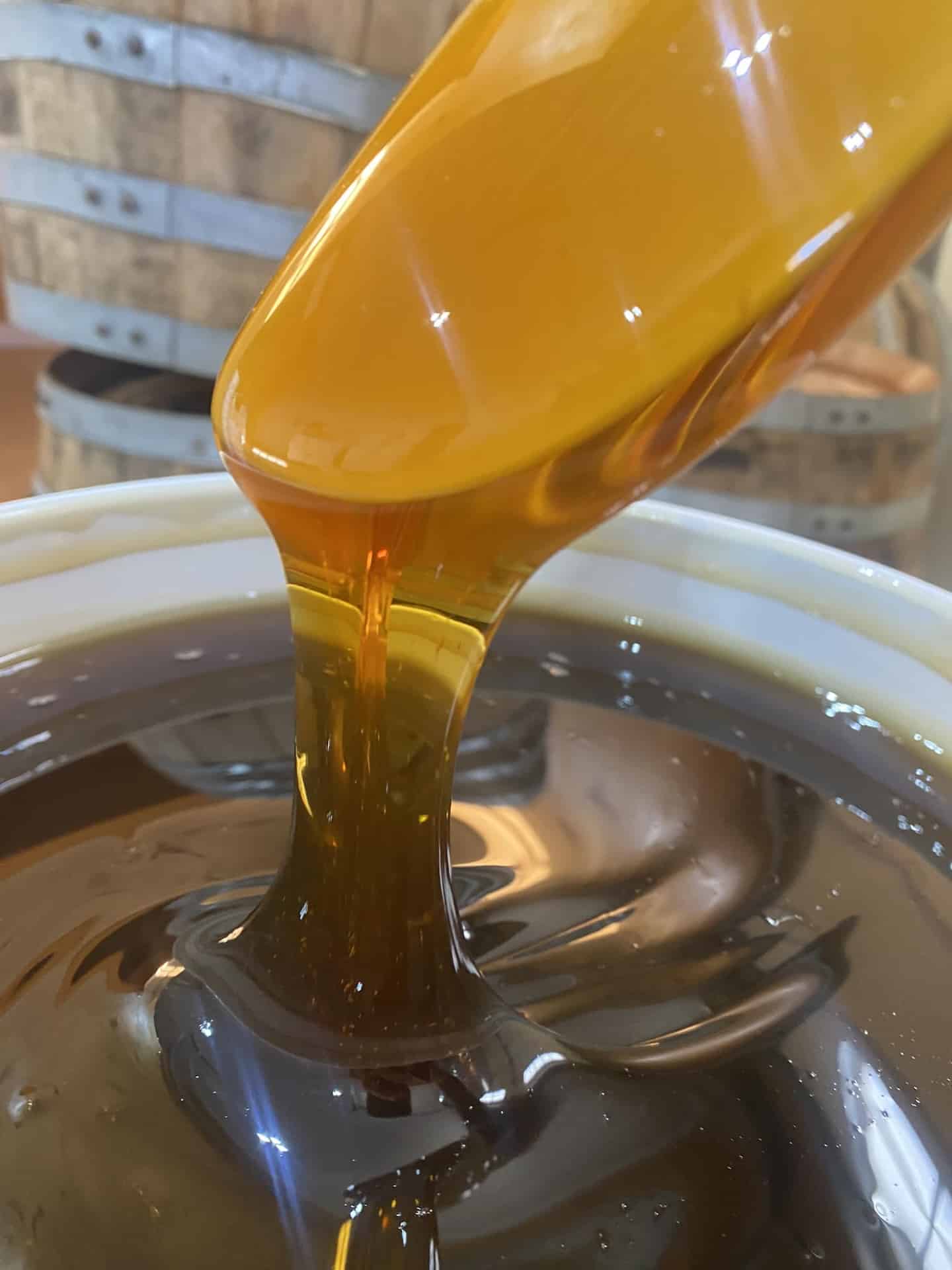
How does mead fit into the broader drinking culture and the alcohol industry?
We’re another non-liquor alcohol like wine or beer, and I think that’s a really good place for us.
Some alcohol drinkers and younger generations are looking for new things. In the beer world, all the growth has been in craft brews, whether that’s a kind of hazy IPA, or a sour beer, it’s all about what you do with it. Mead is very new in this market. We fill a niche that’s very natural and that we think is getting built up. We’ve gotten a lot of traction because mead is naturally gluten-free. Beer is typically not, and for people who are not looking for liquor, who need to go gluten-free or are at least watching that, it gives them another option.
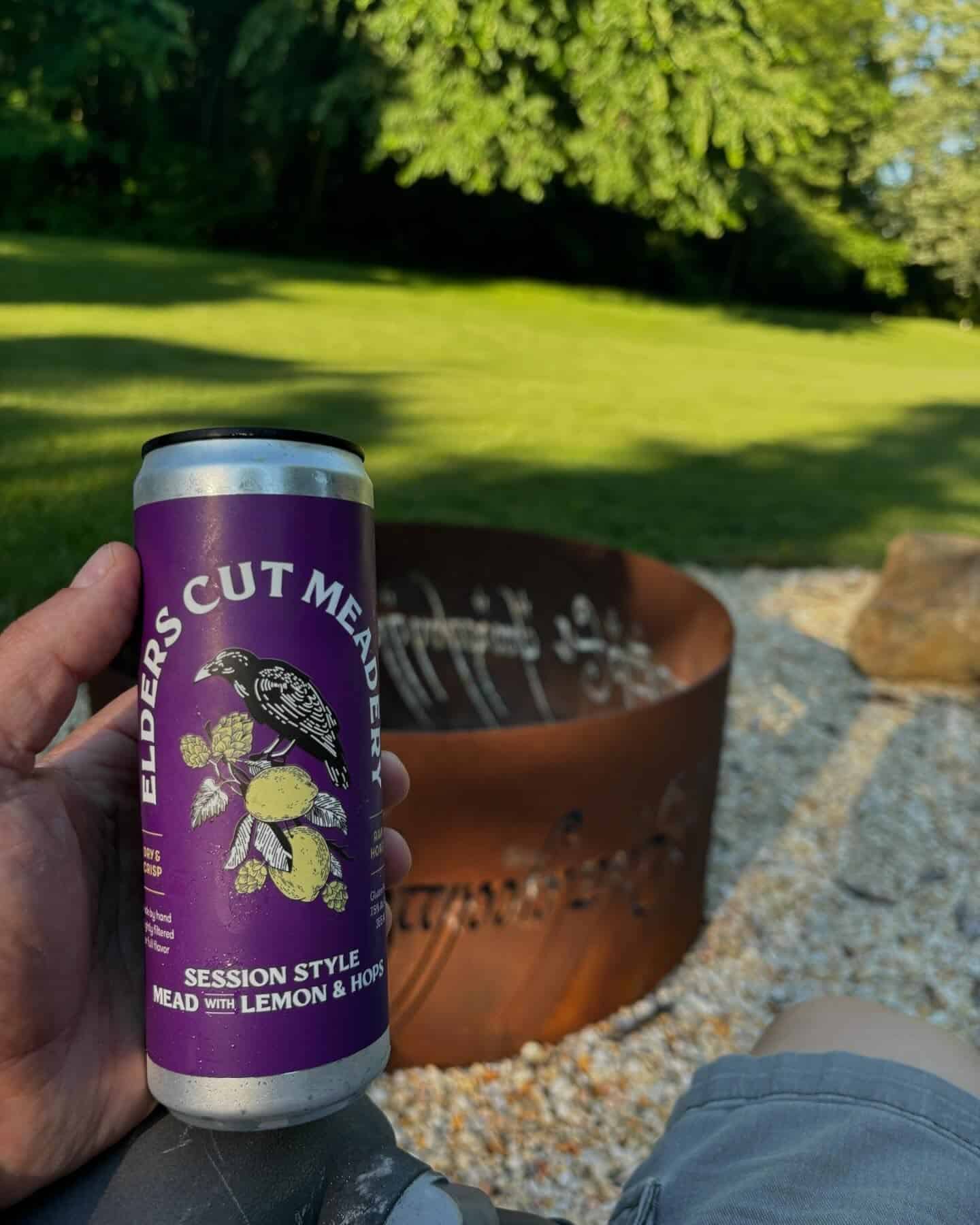
How do you architect the flavor profiles?
That’s something I’ve done my whole career, so I love that. Coming up with new flavors is a joy. One thing we do that’s a little different from other meaderies is we shy away from very-sweet and that’s very much on purpose. My co-founder and I don’t have an interest in them; we just don’t like them, and a lot of people don’t.
People are very pleasantly surprised that our mead is not very sweet. We make it with just enough sugar left over to satisfy that sweet part for people, but not enough that it’s like drinking alcoholic honey water, which unfortunately some people think mead is like. I’ve had to drag a lot of people back over. They think it’s too sweet, but they try it and say, “Oh yeah, that’s good.”
I’m not saying we’ll never have a sweet mead if the market demands it, but I always go for taste, artistic quality and other elements before I go to sugar.
What’s your set-up like in terms of space, equipment and process?
It’s pre-medieval. There’s no tasting room and that’s on purpose. Our plan is to sell through stores and the internet. We’re not a tasting place and we don’t want to be owned by a tasting room. You have to be there all the time and man that, which is expensive and time consuming.
So, it’s basically a bunch of fermentation tanks. I think someone from the 1500s could come in and say, “I see how you make mead here.”
We flavor with the actual fruit or plant. For our mead with ginger and lavender, we buy ginger from Kimberton Whole Foods or Weis, throw it in the food processor, then put it in a sack so it doesn’t get into the mead too much. That flavors it. It’s the same with the dried lavender, which we get from a local herb shop. For mead with blood orange, lime or lemon hops, we buy it fresh, use a zesting machine and juice the fruits. That’s what we use to flavor our mead. There’s no syrups, no purees and no lab-made products. It gives us a unique and valuable flavor profile.
But otherwise, it’s nothing special to see. What’s special about the meadery is what we do there. We want to impress people on the shelves. That’s where our focus has always been.
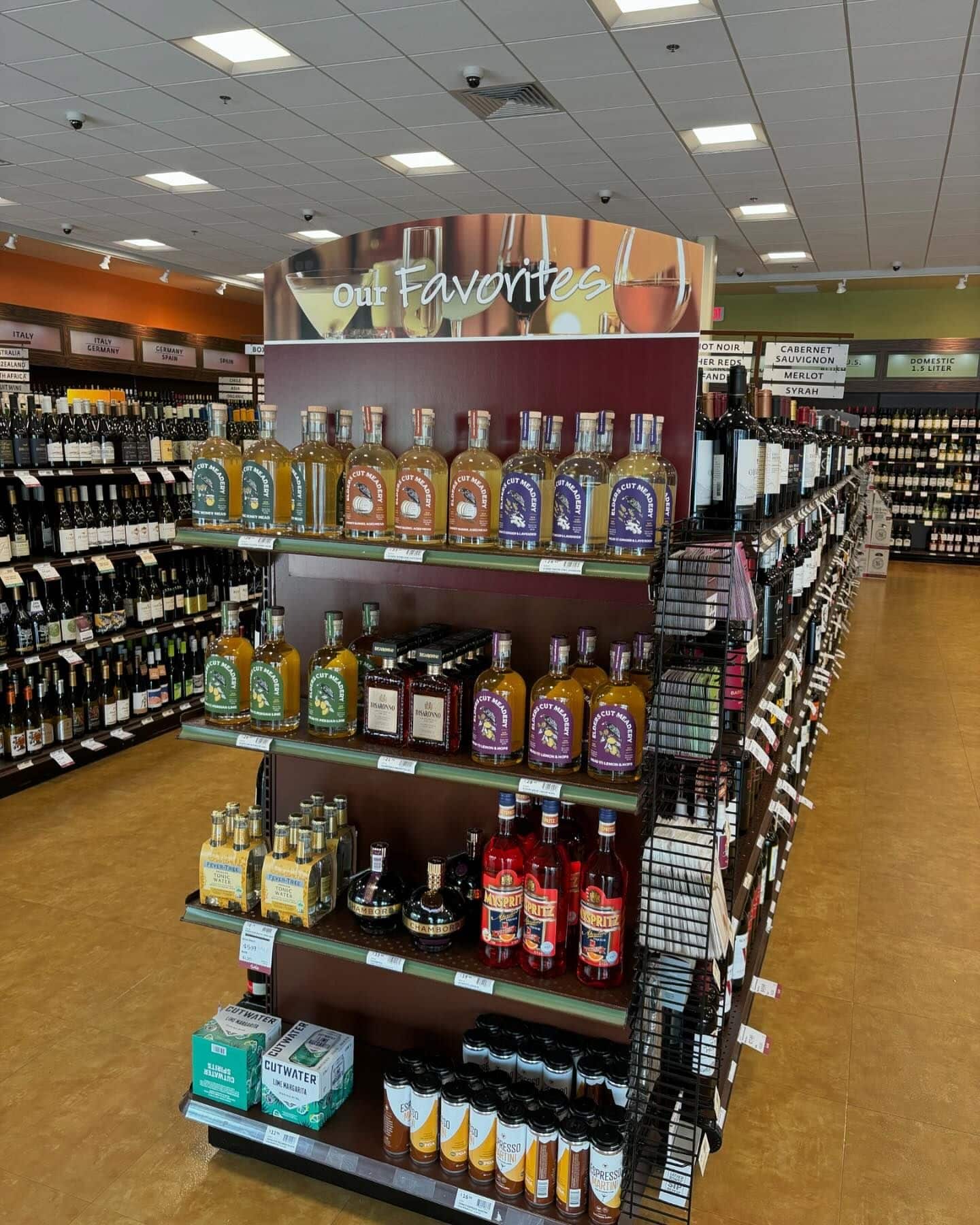
What flavors are popular? Which do you like best? Which are interesting/inspiring?
We have two lines. Our still line is a 12% ABV product that we sell in fine wine and spirit stores, restaurants and cocktail bars. Our Classic Honey Mead, made with raspberry blossom honey, is easily our best seller. It’s just honey and water, fermented. If you can’t make that, you have no business being in this business. Our Ginger Lavender is also a huge seller, and the Whiskey Barrel Aged does very well. The Apple Cider Mead is heading to store shelves soon, and when we do events, that sells about as well as the classics. We use cider from Weaver’s Orchard, which is pretty much the best cider you’re going to get.
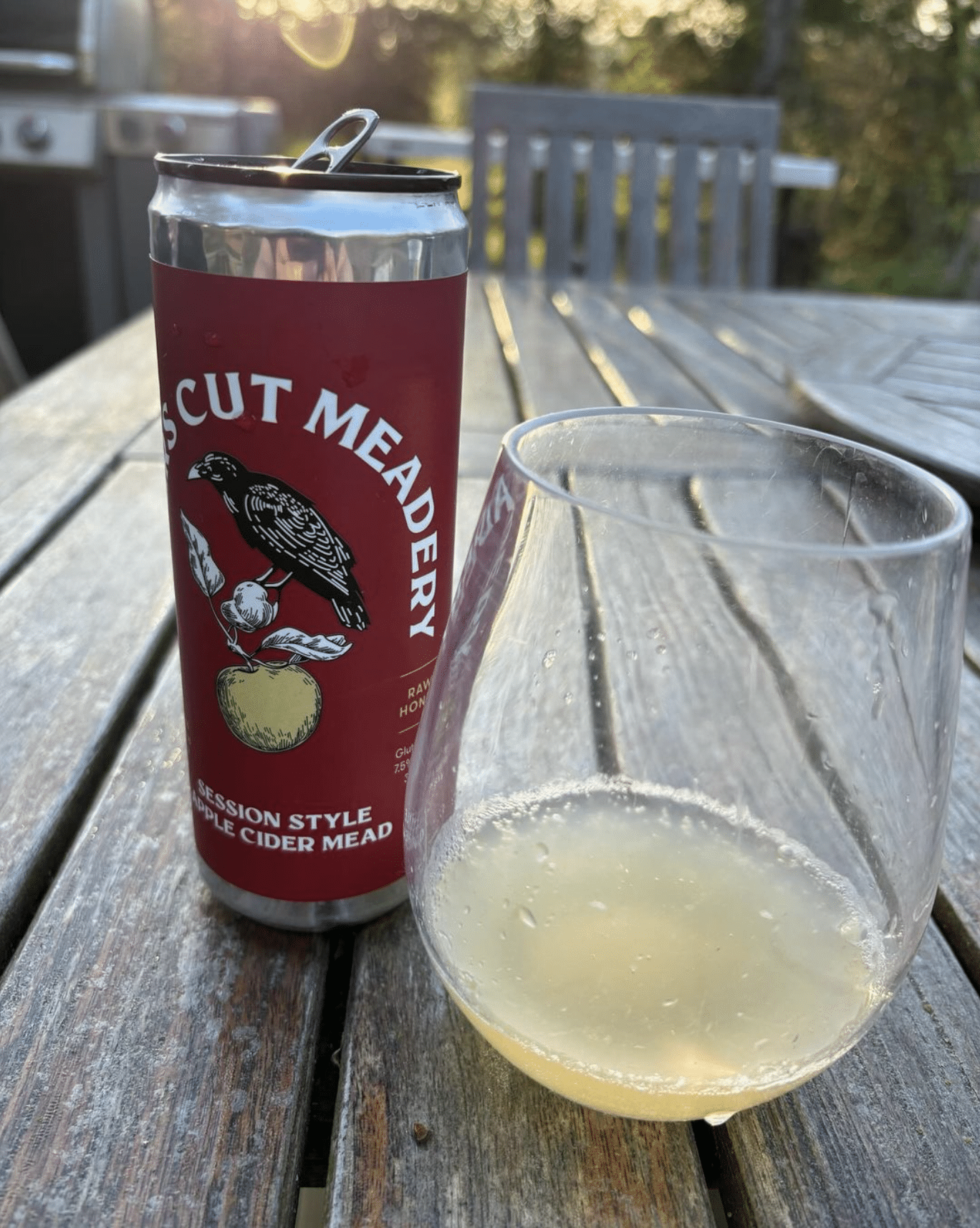
Then we have our canned, 7.5% ABV product, which is lightly carbonated. It’s four of our best meads: classic, blood orange, lemon hops and apple cider. Just those for right now.
As for the more distant future, I’m not sure. We’re just focused on getting those products into as many places as we can.
As far as what I like, the Apple Cider Mead is fabulous. I can’t keep my hands off that. My two favorites are actually not our top sellers: Persian Lime and Chai Tea. I’ve learned over the years that my taste buds are different from most people. My favorite is not necessarily going to be our best seller. But I don’t make them for myself, I make them for other people. We spend a lot of time talking to people and seeing what works.
Do you make cocktails with mead?
My wife makes different cocktails all the time with the mead. She’s made old fashioneds and dark and stormies. We share some cocktail ideas.
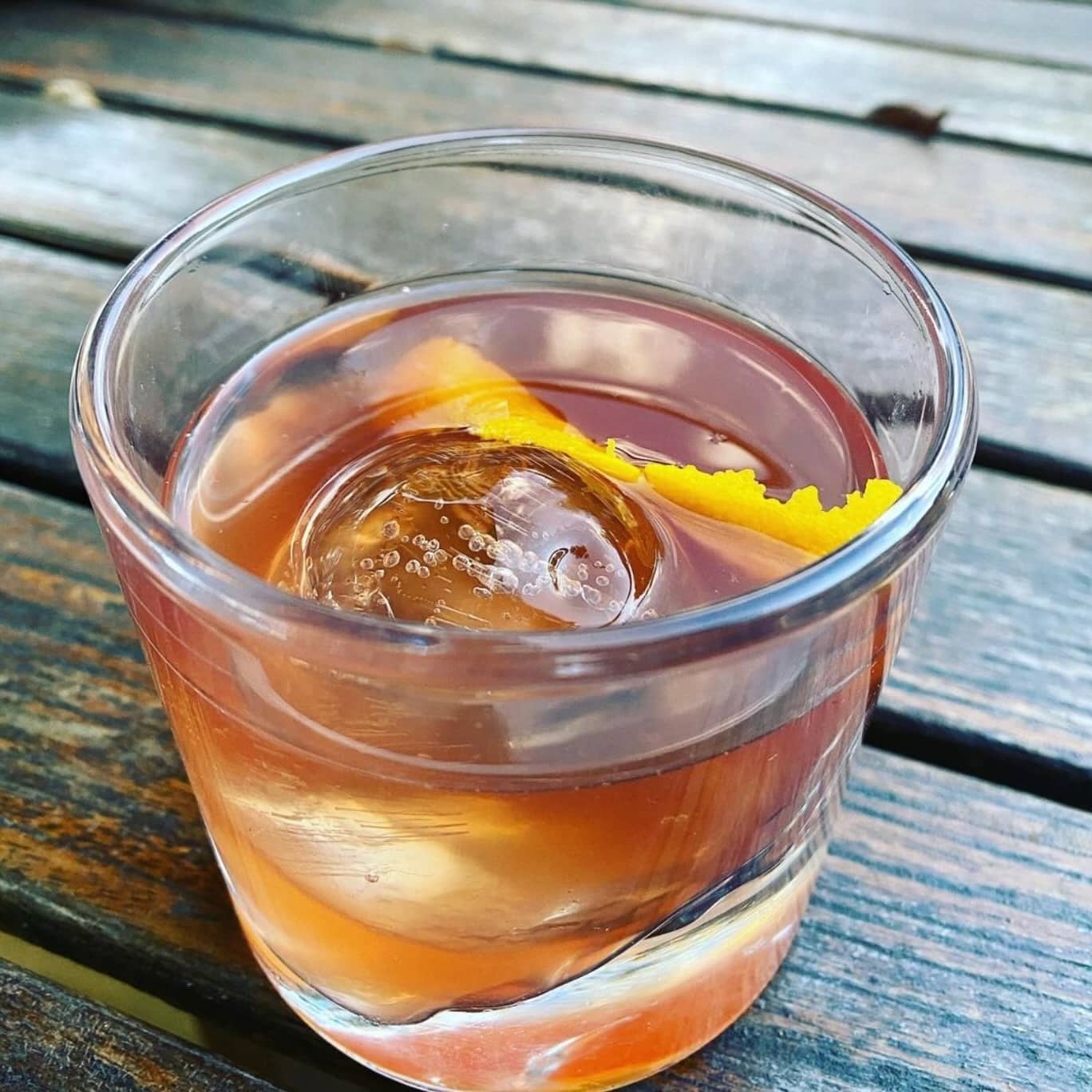
Screenshot
Personally, I like to drink mead neat. I drink more mead than I do wine. Now that we have the cans and they’re so refreshing, I drink those during the summer. I haven’t been drinking the still product as much during the summer, but once it gets a little colder, I’ll be cracking those bottles open. They certainly won’t be safe in my house.
Any tricks or strategies you’ve learned along the way?
I’m not going to give away too many of our secrets, but I will say that we make really good stuff because we use the best ingredients possible. We cut no corners. We know that there are different meaderies out there using much lower grade honey, and that’s one of the biggest things.
How we flavor them is extremely important. We’re big on temperature control, timing, and paying attention to the fermentation closely so that it’s healthy and doing what it’s supposed to be doing.
Mead is extremely easy to make, but not extremely easy to make well. One thing that makes it difficult is that honey, unlike grapes, doesn’t have a tremendous amount of flavor. If you don’t ferment it intelligently, you can get bad flavors and there’s nothing to buffer those. You can get something damn near close to undrinkable.
Now, time will change that. You can take something undrinkable and age it for four years and it will be better. But when people say you don’t get a true mead if you don’t ferment it for four years, my guess is they’re using the wrong honey. Our stuff is extremely drinkable from day one.
Anything else to add?
To us, it’s really important to bring the whole history and feel and everything about mead back into the regular alcohol conversation. It’s literally the drink that started the conversation 15,000 years ago. I’m not exactly sure why it fell out of favor, and I know it can be bad if made poorly, but I personally look forward to not only us bringing mead back, but other artisans who appreciate the art form and appreciate mead for what it is bringing in products like ours that really establish mead as something special.
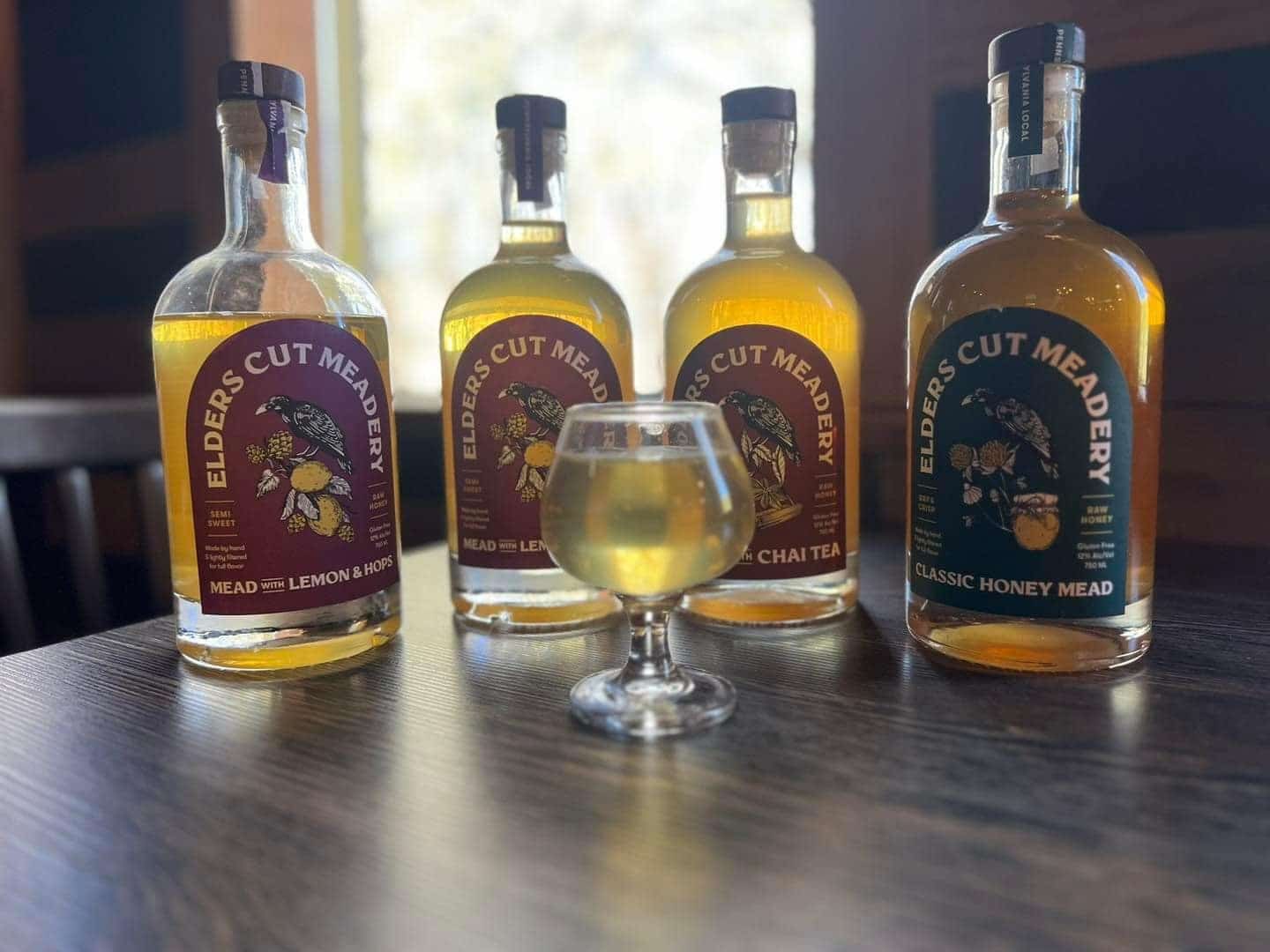
Hopefully these places will be in Pennsylvania, and we can be the strong point for mead in the country. There are some great products made here, so I really think there’s a decent shot at that.
Check out Elders Cut Meadery products on its website and follow along on its Facebook and Instagram pages for updates, cocktail ideas and more.
The PA Vines & Wines series was created in collaboration with the Pennsylvania Wine Association with Round 8, Act 39 grant funding from the Pennsylvania Liquor Control Board (PLCB).
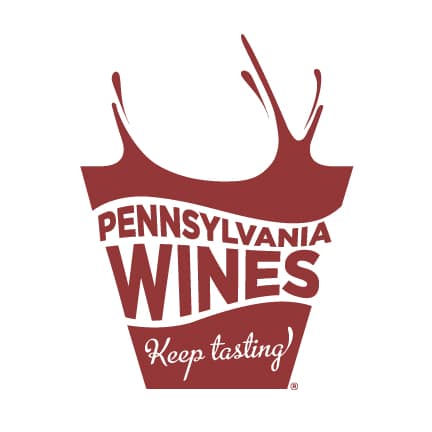
The Pennsylvania Winery Association (PWA) is a trade association that markets and advocates for the limited licensed wineries in Pennsylvania.
- Photos: Elders Cut Meadery
